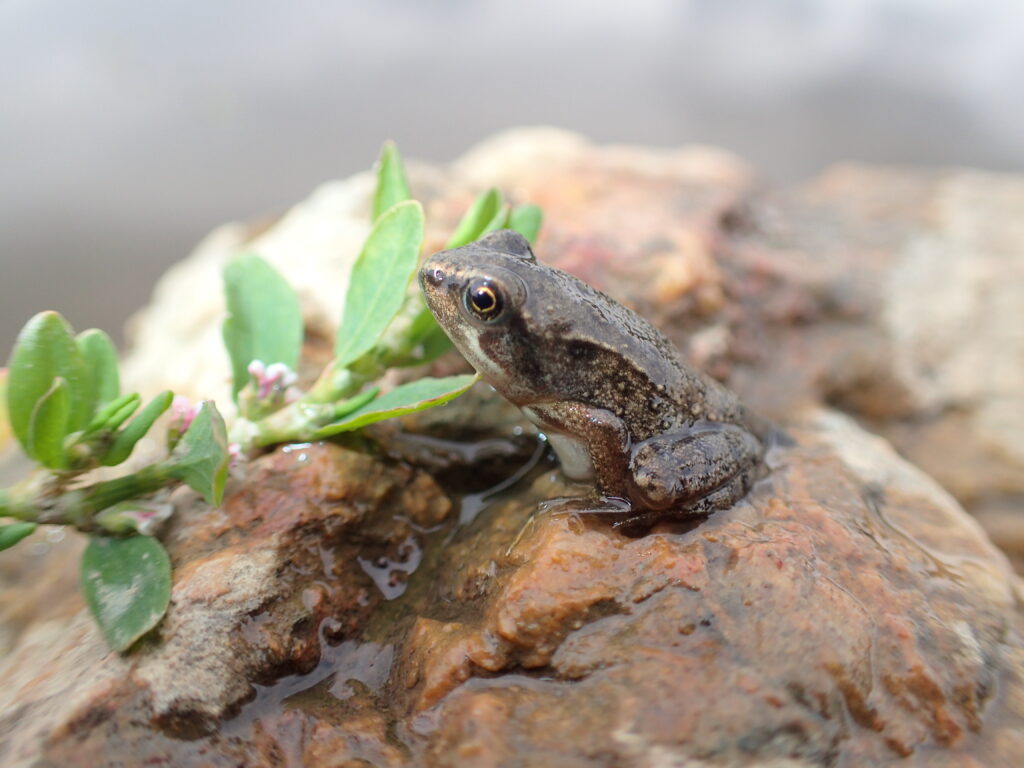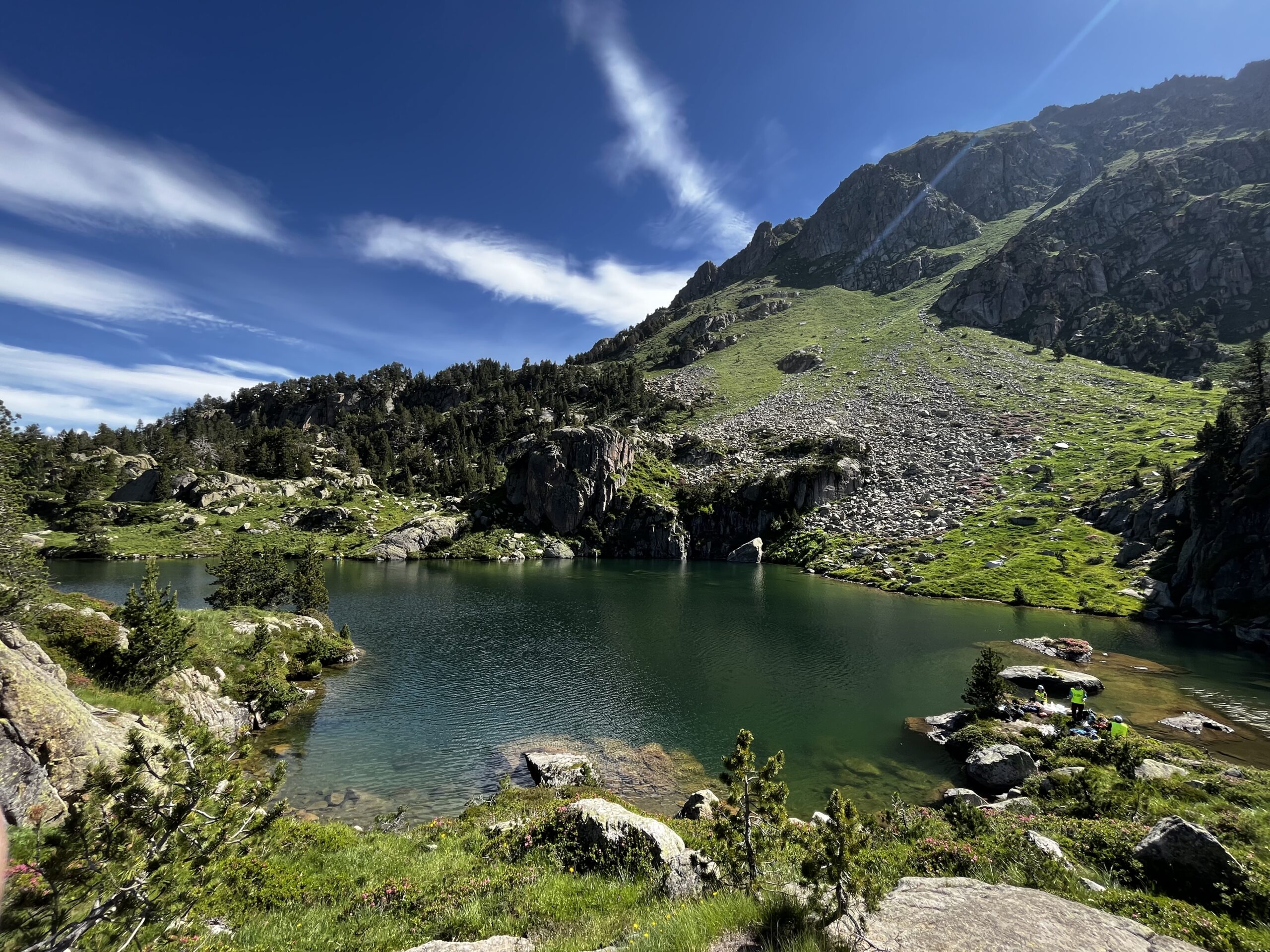t’s mid-summer and, as every year, rivers and mountains are filled with tourists and visitors. This overcrowding of natural spaces, which has been increasing since the COVID-19 pandemic, puts many habitats with great biodiversity at risk.
Despite the temptation to take a dip, it’s important to remember that, in general, swimming in high mountain lakes is prohibited. High mountain lakes are not pools or natural beaches; they are quite the opposite. They are unique aquatic environments with high natural value. These ecosystems have a notable diversity of species.
A unique and fragile ecosystem
Characteristics such as altitude, water chemistry, or size determine the species that can live there. From organisms that live suspended in the water as part of the plankton (algae, water fleas, and copepods), to plants, mollusks, worms, insects, and amphibians that live on the bottom or the shoreline, to birds and bats that feed on insects emerging from the water.
Furthermore, many high mountain lakes are located within Natural or National Parks, making them especially protected areas with specific regulations governing activities that can affect wildlife species.

Swimming severely disrupts the balance of these ecosystems
High mountain lakes are very sensitive to changes; therefore, any disturbance can alter their ecological state. When we swim in a lake, we leave behind residues, toxins, and even viruses or bacteria that affect the fauna and flora living there.
When we enter the water, we stir up sediments from the bottom, causing the lake to become fertilized. As a result of the excessive availability of nutrients, microalgae grow excessively, decreasing the oxygen in the water and its transparency. This is what we call fertilization due to human frequentation.
Many of the animals living in the lakes, such as amphibians, are especially sensitive, as they can absorb toxic chemicals through their skin. Products like sunscreens and insect repellents are harmful to these species.
Amphibians are also sensitive to certain viruses or fungi of which humans and livestock are carriers. By stepping into the lake, we transfer them to the water and, consequently, to all the fauna, especially species like the midwife toad.
We should not allow pets to swim either. Dogs, when entering the water, also stir up the bottom, and the anti-parasite collars they wear contain toxic substances for wildlife.
What do we do at LIFE RESQUE ALPYR?
Environmental education and public awareness play a key role in the preservation of natural spaces and are one of the pillars of the project.
We not only organize outings and talks for all types of audiences but also produce educational materials (posters, brochures, newsletters, or videos) to explain the importance of high mountain aquatic ecosystems and what needs to be done to preserve them.

The most ambitious actions of the LIFE RESQUE ALPYR project include the eradication of mink in medium-sized lakes in both the Pyrenees and the Alps to promote the recovery of amphibian populations, small semi-aquatic mammals such as the Pyrenean desman or the water shrew, and some species of bats and the lacustrine habitat.
The actions to achieve this have proven effective, as they were successfully tested in the research projects preceding ALPYR, namely, LIFE LIMNOPIRINEUS and LIFE BIOAQUAE.




